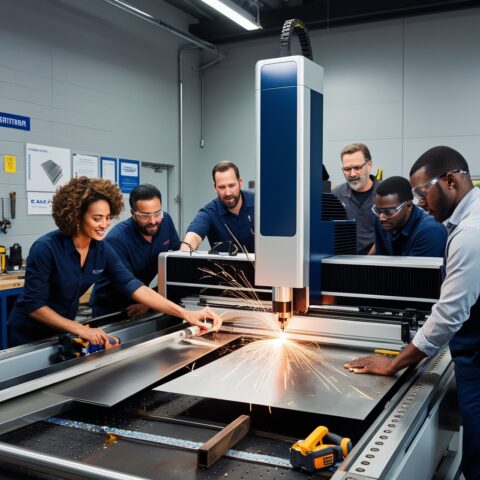
Laser cutting technology is one of the critical techniques in modern industrial manufacturing, widely used in processing various materials. This article will provide a detailed analysis of the advantages and disadvantages of laser cutting, incorporating keywords such as New Taipei laser cutting, Shulin laser cutting, and more, to offer comprehensive information to readers.
Advantages of Laser Cutting
- High Precision and High Quality
Laser cutting is renowned for its excellent precision and quality. The diameter of the laser beam is extremely small, allowing for cutting gaps as narrow as microns. This means that very complex and intricate designs can be achieved without compromising the structural integrity of the material. Whether it’s stainless steel laser cutting or aluminum plate laser cutting, this technology ensures smooth, burr-free cutting edges. - High Speed and High Efficiency
The speed of laser cutting is significantly higher compared to traditional cutting methods. With the application of automated control systems, laser cutting machines can quickly complete complex cutting tasks, thereby improving production efficiency. This is a significant advantage for companies that require mass production, such as Sheng Bang Steel’s Shulin laser cutting operations. - Flexibility and Versatility
Laser cutting technology is suitable for a variety of materials, including stainless steel, aluminum plates, and steel plates. This flexibility makes laser cutting an ideal choice for diverse processing needs. Additionally, laser cutting can handle materials of various thicknesses, which is highly practical for companies requiring products of different specifications. - Automation and Reduction of Human Error
Modern laser cutting machines are equipped with advanced numerical control systems, enabling fully automated operations. This not only enhances production efficiency but also reduces the likelihood of human error, ensuring consistency in product quality.
Disadvantages of Laser Cutting
- High Initial Investment
Although laser cutting technology brings significant cost efficiency in long-term operations, the initial equipment investment is relatively high. High-quality laser cutting machines and related components require substantial capital investment, which can be challenging for small and medium-sized enterprises. - High Maintenance Costs
Laser cutting machines require regular maintenance and calibration to maintain their precision and performance. These maintenance tasks need to be carried out by professional technicians, and the maintenance costs are relatively high. Especially for machines operating at high intensity daily, maintenance costs can be even higher. - Material Limitations
While laser cutting can handle various materials, it may not be as effective for certain special materials, such as high-reflectivity metals (e.g., copper, brass). Additionally, the effectiveness of laser cutting diminishes for materials exceeding a certain thickness. - Operational Safety
Laser cutting involves high-energy laser beams, which can cause injuries if not operated correctly. Therefore, operators need to undergo professional training and strictly adhere to safety operating procedures.
Conclusion
In conclusion, laser cutting technology occupies a crucial position in industrial manufacturing due to its high precision, high efficiency, and flexibility. Companies involved in New Taipei laser cutting and Shulin laser cutting, like Sheng Bang Steel, can significantly enhance their production efficiency and product quality by leveraging this technology. However, the high initial investment and maintenance costs, along with certain material limitations, are important factors that companies need to consider when choosing laser cutting technology. With continuous technological advancements, the application range and performance of laser cutting will further expand, bringing more possibilities to industrial manufacturing.

